Cadiz Guide
8 traditional fiestas in Cadiz province
Cadiz has a wonderful choice of vibrant fiestas to enjoy throughout the year. Whatever time of year you choose to visit, you will almost certainly find a colourful fiesta to experience somewhere in the province.
Here are some of the more widely known fiestas typical of Cadiz province that are worth planning your trip round.
1. Carnaval (February)
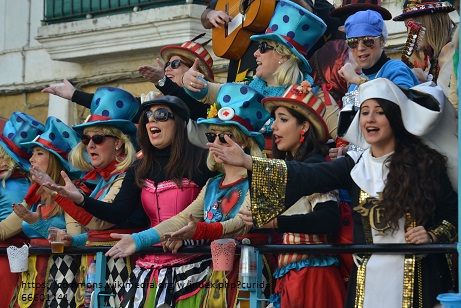 Undoubtedly the most popular and entertaining fiesta in Cadiz, Carnaval de Cadiz has been declared an international tourist attraction in its own right. It is one of the most important fiestas in the whole of Spain and originated in the 16th century, when Cadiz was one of the most important ports of the Spanish Empire, attracting influential personalities from around the world. Visitors particularly came from Venice and some of the traditions of Carnaval (masks in particular) were probably introduced by Venetians.
Undoubtedly the most popular and entertaining fiesta in Cadiz, Carnaval de Cadiz has been declared an international tourist attraction in its own right. It is one of the most important fiestas in the whole of Spain and originated in the 16th century, when Cadiz was one of the most important ports of the Spanish Empire, attracting influential personalities from around the world. Visitors particularly came from Venice and some of the traditions of Carnaval (masks in particular) were probably introduced by Venetians.
Over the course of a week, small groups known as “chirigotas” perform satirical acts in the streets wearing masks, using the opportunity to criticise current affairs of the day. But this is not all that goes on during Carnaval. The streets come alive with entertainment and people from all over the world, filled with music, dancing and colour.
2. Semana Santa (Easter)
One of the most celebrated festivals throughout Spain is Semana Santa or Holy Week. However, Holy week fiestas in Setenil de las Bodegas are said to be deeply rooted in the local religious rituals which are beautiful to watch. Blend this with the narrow streets and the town’s incline, the spectacle is one not to be missed.
The festivities are enhanced by a friendly local rivalry between the two religious brotherhoods: the Santa Vera Cruz and Nuestro Padre Jesús, where each one tries to demonstrate its importance over the other by bringing the best musical band, having the highest number of registered participants, or possessing the finest costumes.
3. Recreation of 2nd of May 1810 (May)
On the 1st and 2nd of May 1810, the residents of Algodonales faced the French army led by Napoleon, leading to 237 deaths and 73 houses burned down. This was a key event in the history of the local population and is commemorated each year with a reconstruction of what happened. The villagers get dressed up in clothes of the era and recreate the battle, enhanced with dancing and shows and celebrations over the two days, as well as a recreation of the burning of the village – not actually burning the houses though of course!
4. Incendios de San Juan (June)
This celebration takes place on the night of June 23, traditionally marking the beginning of summer. Around the city of Cádiz and its outskirts, effigies are built representing aspects of the city’s life, events or notable figures known as “Juanillos”. These figures are created by the residents and various public entities of the city.
On the night of June 24, a jury visits all the Juanillos before they are burned and awards prizes to those they consider the best. “Quema de los Juanillos” – the burning of the Jaunillos.
The fiesta culminates with a fireworks display launched from the city’s fortifications.
5. The Feria del Caballo (Jerez de la Frontera)
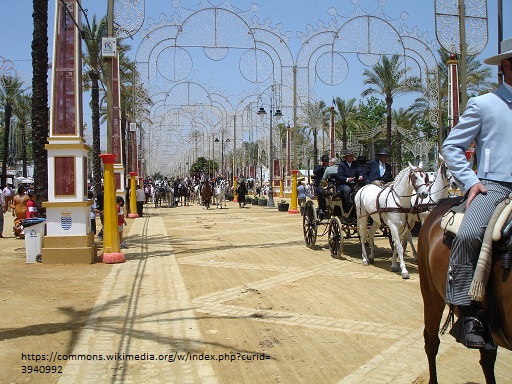
A vibrant annual celebration of Andalusian culture, held each May. Famous for its stunning horses, the fair features elegant parades, equestrian shows, and competitions showcasing the region’s prized breeds. The streets and fairgrounds come alive with colourful “casetas” (marquees), flamenco music, and traditional costumes, while locals and visitors enjoy sherry, tapas, and dancing late into the night.
6. Horse Races of Sanlucar (August)
One of the oldest equestrian sporting traditions in Spain, these races have been taking place since 1845 on the beaches of Sanlucar de Barrameda. According to legend these races originated from informal races that fish vendors had between each other to see who could get to market first.
7. Fiesta de los moros y cristianos – Benamahoma (August)
La fiesta de Moros y Cristianos is held in Benamahoma, in the mountains surrounding Cádiz, in honour of their patron saint, San Antonio. Benamahoma, a small village near Grazalema, is where a celebration of a sixteenth century battle takes place every summer. Each year on the first weekend of August, the battle is commemorated by locals dressing in period costumes and recreating scenes from when the Christian armies expelled the Moors from Spain.
The festival begins with a spectacular procession of Moors and Christians through the town until they reach the Bullring, where the troops turn to face each other and present their banners. Both sides then attend the traditional religious ceremony in the chapel where they hang their banners and which begins the three days of fiestas.
8. Living nativity scene – (December)
Living Nativity scenes are well-known throughout Spain, where the locals dress up to recreate the nativity, but the Living Nativity Scene of Arcos de la Frontera, is famed for being one of the most astonishing in the country. Twenty scenes are created, telling the whole story of the birth of Jesus and the three kings. The entire town dresses in period clothing, so it feels like you have travelled 2,000 years back in time.
Related articles
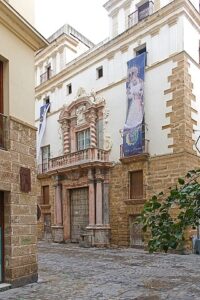
Off the tourist track in Cadiz: hidden gems
Cádiz, a city with a rich maritime history, sun-kissed beaches, and vibrant cultural life, is often associated with its famous
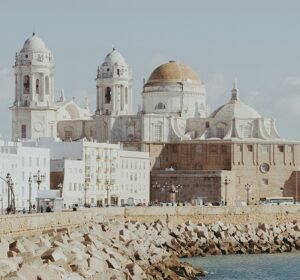
10 must see sights in Cadiz
Cádiz, a city with a rich maritime history, sun-kissed beaches, and vibrant cultural life, is often associated with its famous
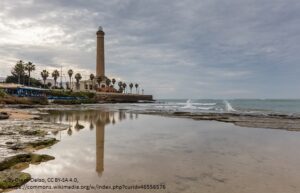
Day trips from the city of Cadiz
Cadiz province is a wonderful mix of seaside, mountains and beautiful whitewashed villages just waiting to be explored. The area

Cadiz gastronomy: typical dishes to try
As you might expect from its location by the sea, many of the typical dishes from Cadiz are based on
